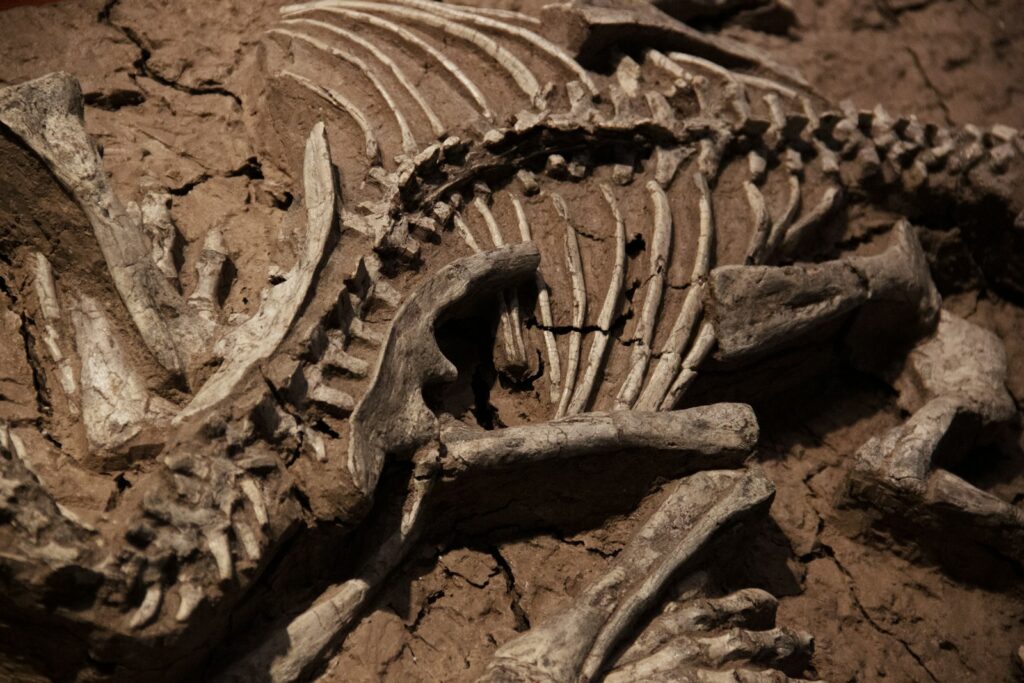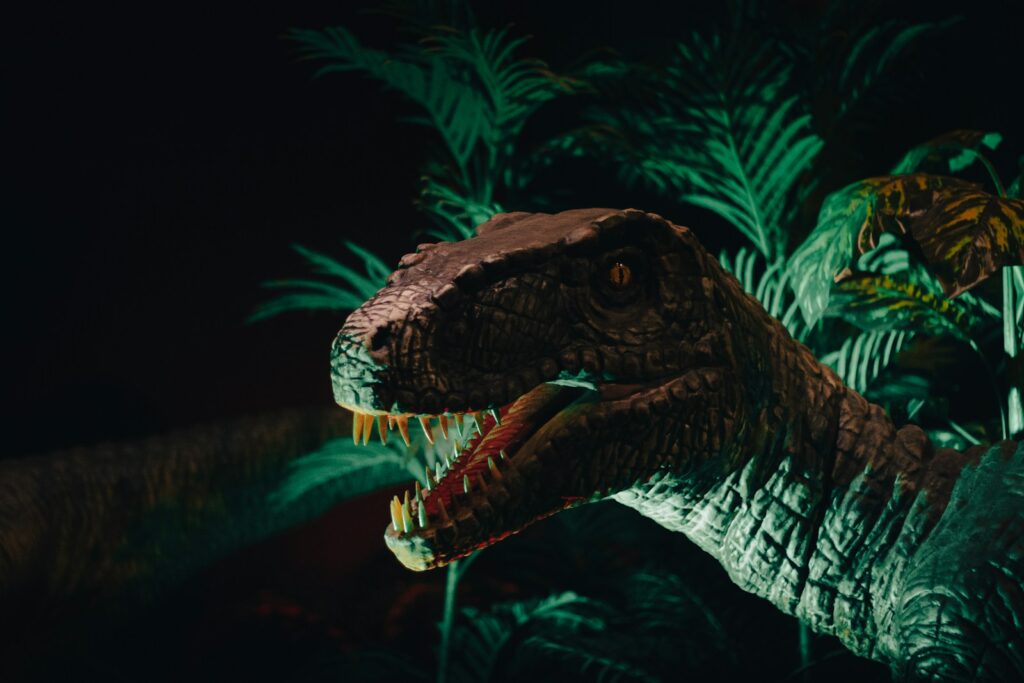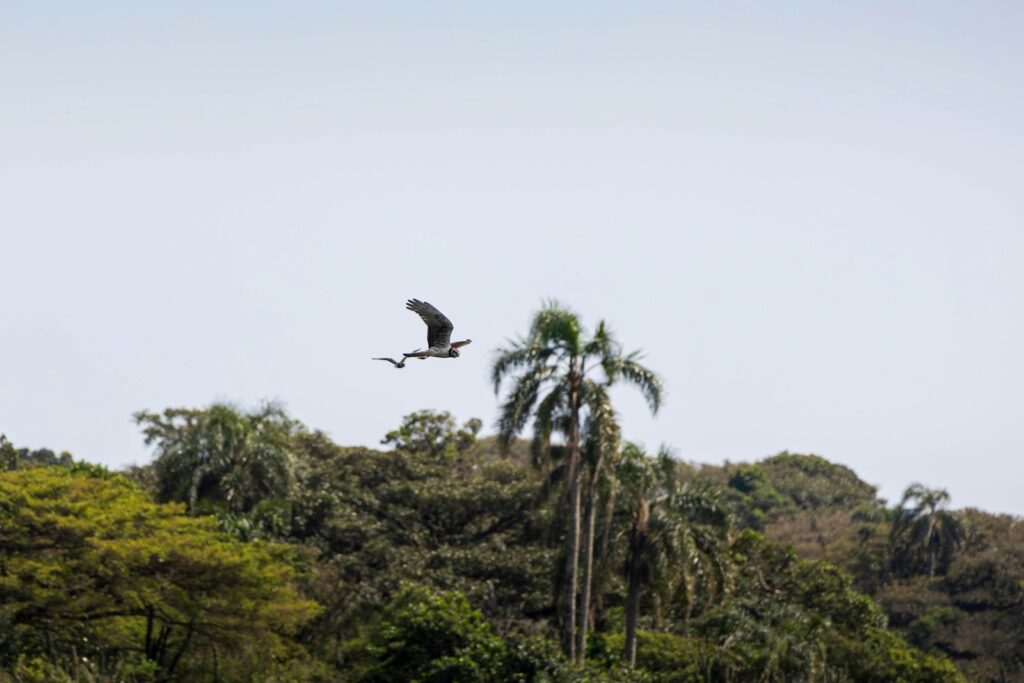Picture this: you’re a paleontologist holding a fossil that looks like someone mixed a shrimp with a vacuum cleaner, added five eyes, and called it a day. Welcome to the wild world of bizarre body plans that have left scientists scratching their heads for decades. Throughout Earth’s history, evolution has produced creatures so outlandish that they seem like they belong in a science fiction movie rather than our planet’s fossil record.
The Cambrian Explosion’s Alien Architects
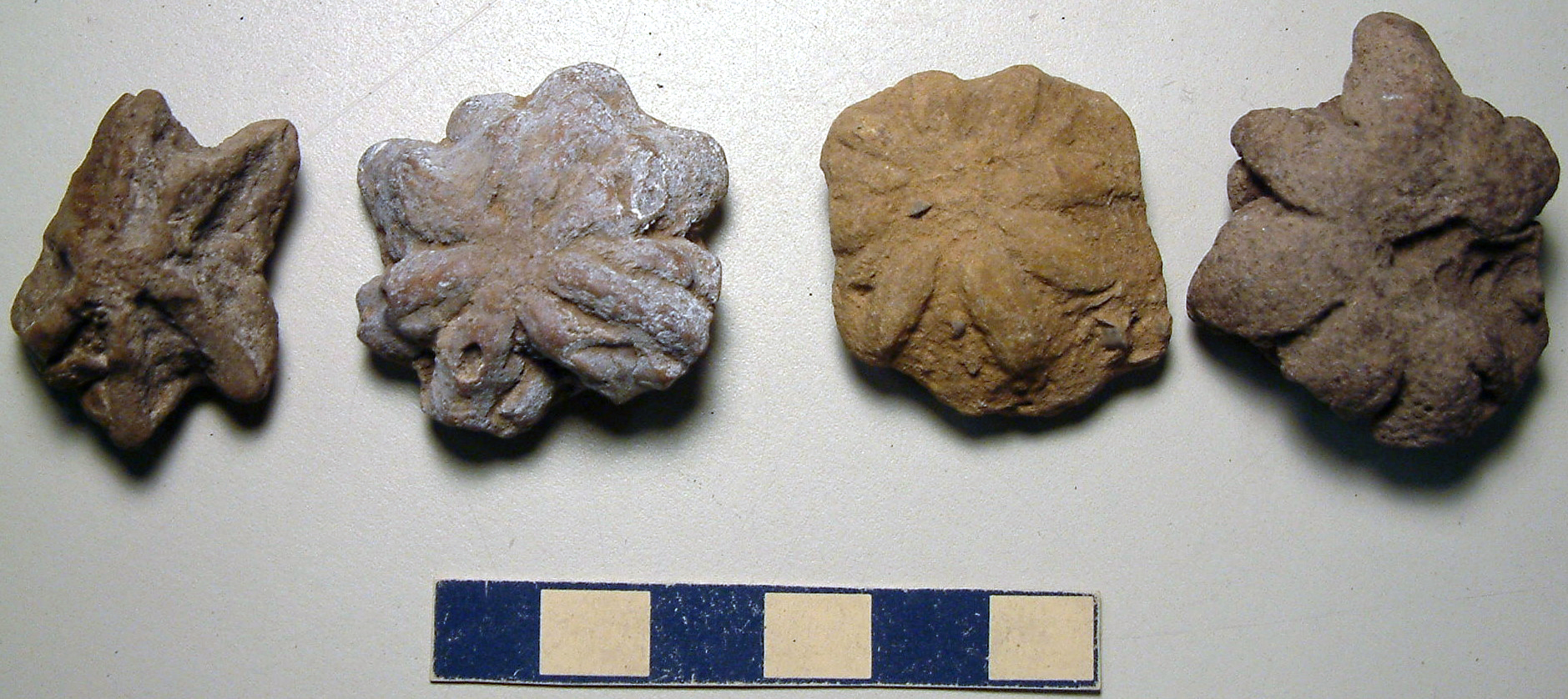
The Cambrian explosion, roughly 540 million years ago, was like nature’s ultimate experiment in body design. During this relatively brief period, life forms appeared with such bizarre anatomies that scientists initially thought they were looking at alien fossils. The sheer creativity of evolution during this time produced creatures that challenge our understanding of what life can look like.
These organisms didn’t just evolve new features – they invented entirely new ways of being alive. From creatures with multiple sets of eyes arranged in impossible configurations to animals with limbs that served no recognizable purpose, the Cambrian seas were a playground for evolutionary innovation. The diversity was so extreme that many of these body plans have never been seen again in the fossil record.
Hallucigenia: The Upside-Down Nightmare
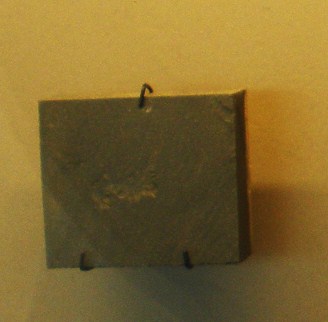
Hallucigenia is perhaps the most famous example of a creature that completely baffled scientists. When first discovered, researchers couldn’t even figure out which end was the head and which was the tail. This spiny, tube-like creature walked on stilts and had a back covered in defensive spikes that looked like something from a medieval torture device.
For decades, scientists displayed Hallucigenia upside down in museums and textbooks. The creature’s bizarre appearance was so confusing that it took multiple discoveries and advanced imaging techniques to finally determine its correct orientation. Even today, looking at Hallucigenia fossils feels like staring at something that shouldn’t exist in our reality.
Opabinia: The Five-Eyed Vacuum Cleaner
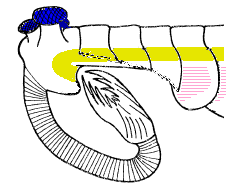
Opabinia regalis looked like someone had taken a normal animal and decided to redesign it from scratch using only the weirdest possible components. This soft-bodied creature sported five mushroom-shaped eyes on top of its head and a long, flexible proboscis ending in a claw-like grabber. The arrangement was so unusual that scientists initially thought they were looking at multiple different fossils stuck together.
The creature’s feeding apparatus was particularly puzzling. The proboscis could apparently grab prey and fold back to deliver food to its mouth, which was located on the underside of its head. This feeding mechanism was unlike anything seen in modern animals, making Opabinia a true evolutionary enigma that continues to challenge our understanding of early animal design.
Wiwaxia: The Living Chainmail
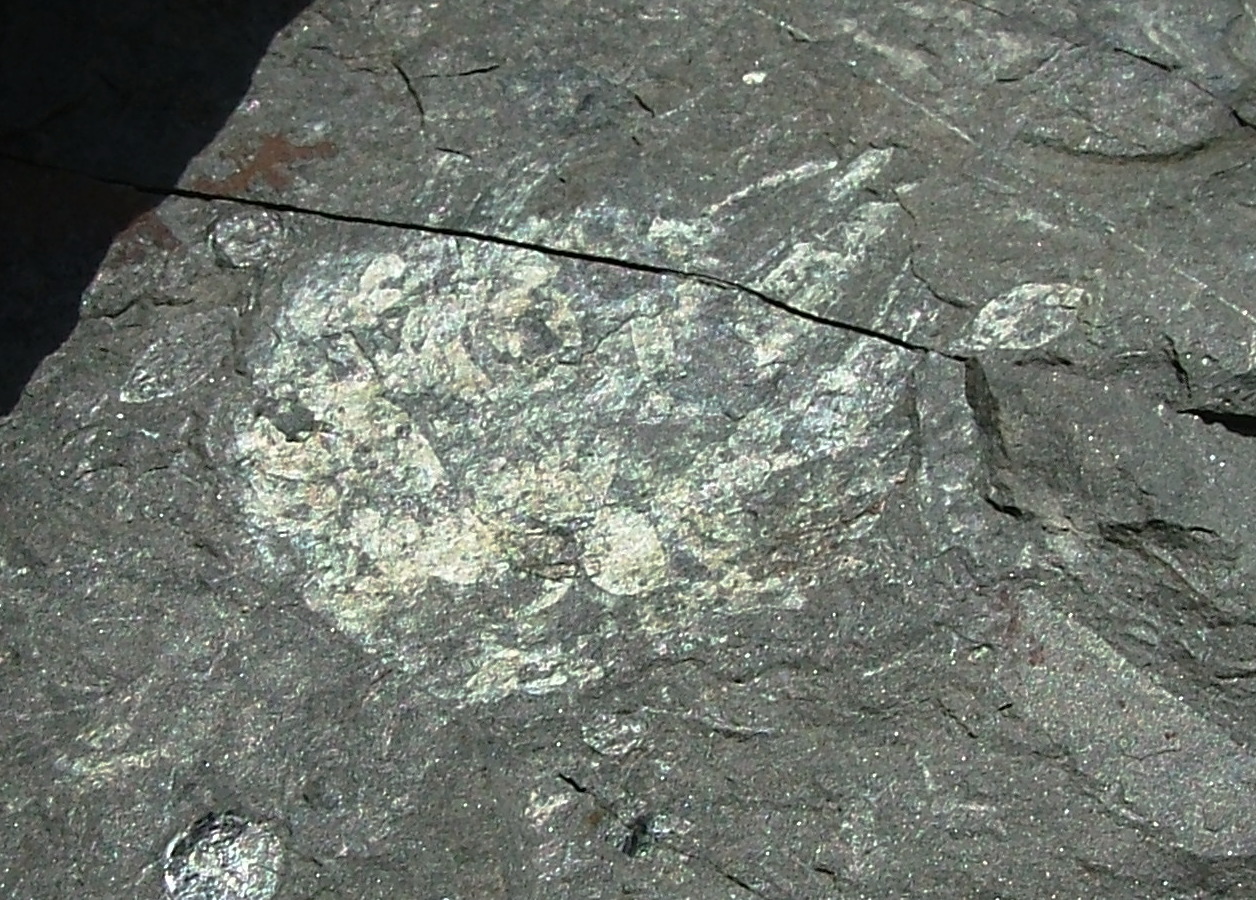
Wiwaxia looked like medieval armor come to life, covered in protective scales and spines that gave it the appearance of a living coat of chainmail. This creature’s body plan was so unique that scientists struggled for years to classify it, debating whether it was related to mollusks, annelids, or represented an entirely extinct lineage. The arrangement of its defensive structures was unlike any modern animal group.
The creature’s most striking feature was its crown of long, backward-curving spines that may have provided protection from predators. These spines were complemented by rows of smaller scales covering its body, creating a defensive system that was both elegant and terrifying. Wiwaxia’s combination of features seemed to borrow elements from multiple animal groups while belonging to none of them.
Anomalocaris: The Cambrian Super Predator
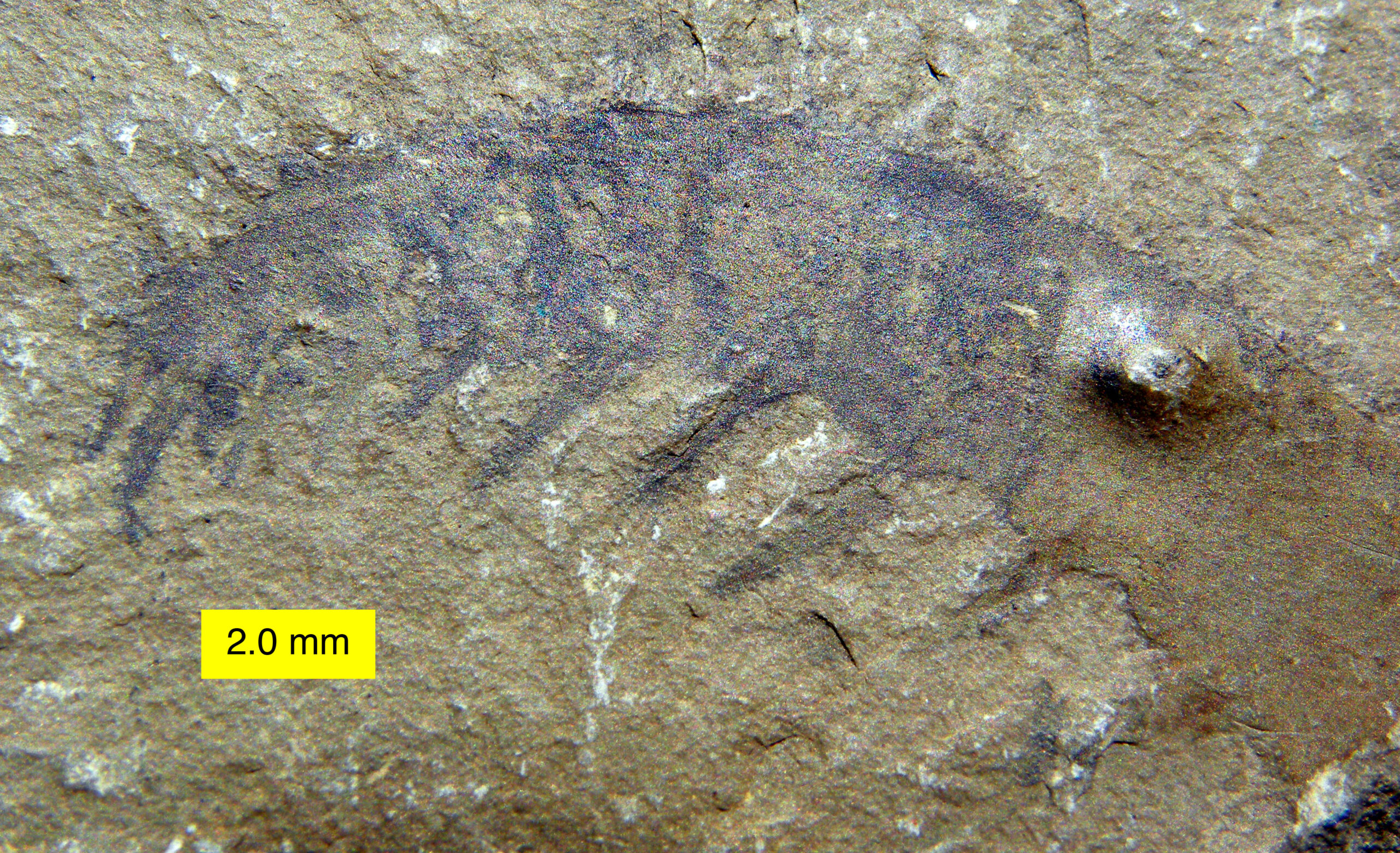
Anomalocaris was so bizarre that its body parts were initially classified as three separate animals. The creature’s front appendages were thought to be jellyfish, its circular mouth was mistaken for a sea anemone, and its body was considered to be a sponge. Only when complete specimens were discovered did scientists realize they were looking at a single, massive predator that ruled the Cambrian seas.
This apex predator could grow up to six feet long, making it a giant among Cambrian creatures. Its flexible front appendages could grasp prey and bring it to its circular mouth, which was lined with sharp plates arranged in a terrifying spiral pattern. The creature’s body plan was so effective that it dominated marine ecosystems for millions of years, yet nothing quite like it exists today.
Dickinsonia: The Quilted Mystery
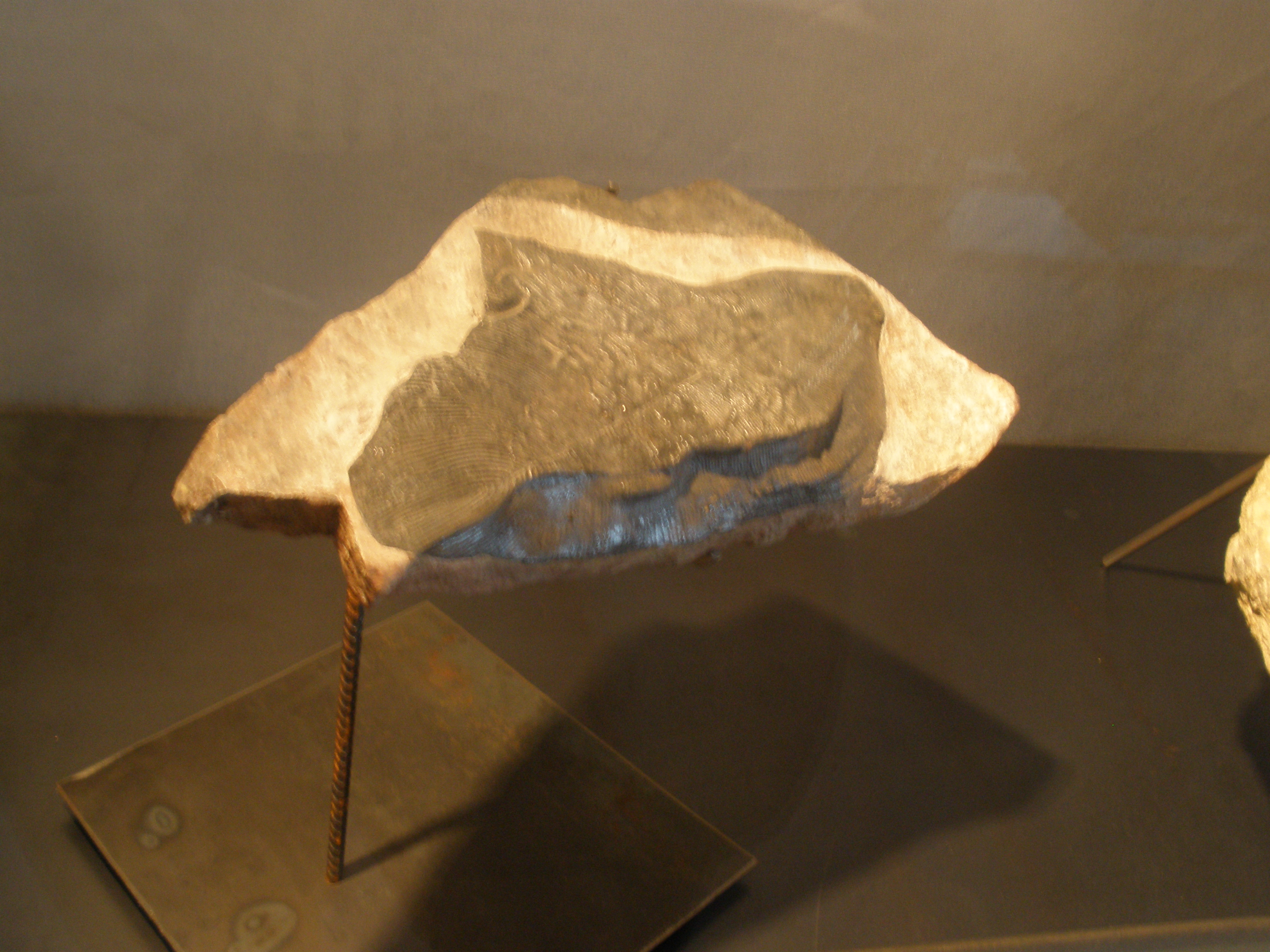
Dickinsonia represents one of the earliest known animals, but its body plan is so simple yet strange that scientists debate whether it even had a mouth, stomach, or any recognizable organs. This flat, oval creature looked like a living quilted mattress, with segments running across its body in a pattern that resembles tire treads. The simplicity of its design belies the complexity of the questions it raises about early animal evolution.
The creature’s feeding mechanism remains a complete mystery. Some scientists suggest it absorbed nutrients through its skin, while others propose it had a primitive digestive system that left no fossil evidence. Dickinsonia’s growth pattern was also unusual – it appears to have added segments as it grew, but the mathematical precision of this process suggests a level of developmental control that seems impossible for such an ancient organism.
Tully Monster: The Impossible Vertebrate
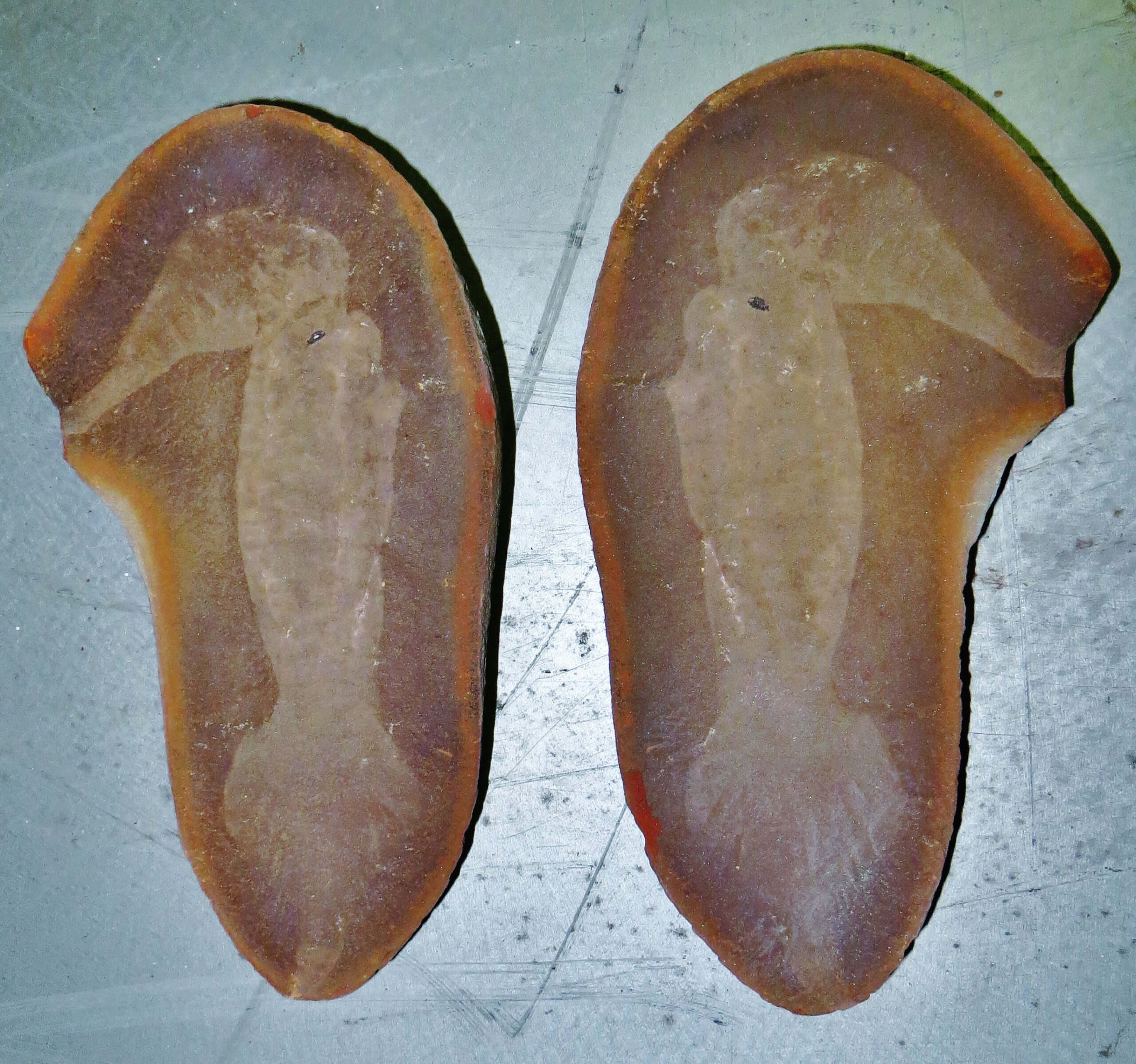
The Tully Monster, discovered in Illinois, was so weird that scientists couldn’t even agree on what major group of animals it belonged to. This elongated creature had a long proboscis ending in a claw-like structure, eyes on stalks, and a body plan that seemed to combine features from multiple different animal phyla. For decades, it was classified as an invertebrate, but recent studies suggest it might actually be a bizarre early vertebrate.
The creature’s anatomy challenges our understanding of vertebrate evolution. Its eyes were positioned on the ends of rigid stalks extending from its head, a feature never seen in any known vertebrate. The combination of vertebrate-like internal structures with completely alien external features makes the Tully Monster one of the most perplexing creatures ever discovered.
Kimberella: The Crawling Enigma
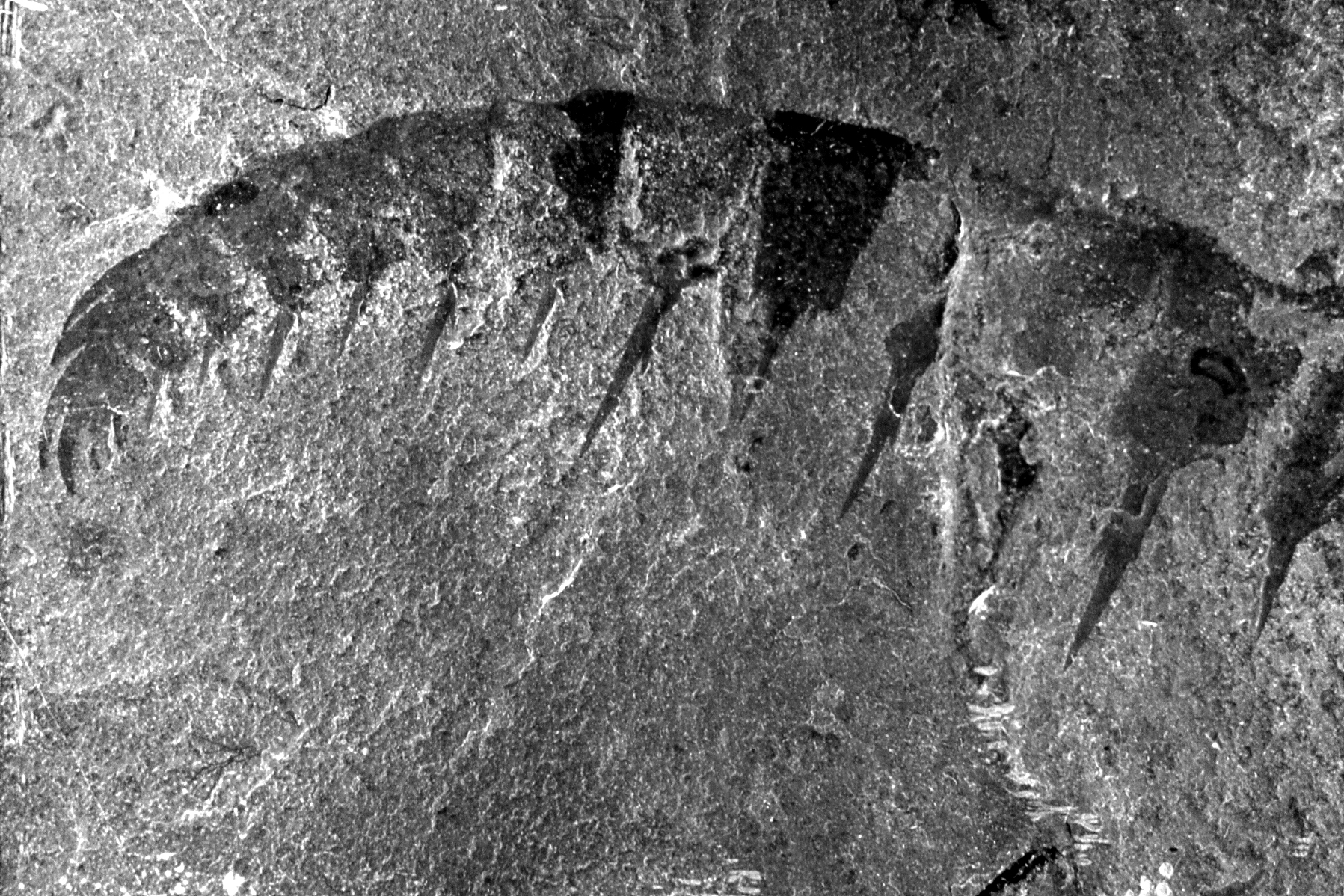
Kimberella appeared to be a relatively simple, slug-like creature, but its body plan contained features that scientists are still trying to understand. This oval-shaped organism had a quilted surface pattern and what appeared to be a muscular foot for crawling, yet it lived over 550 million years ago when most life forms were much simpler. Its combination of advanced and primitive features creates a puzzle that continues to challenge paleontologists.
The creature’s feeding traces suggest it had a sophisticated feeding apparatus that could scrape microbial mats from the seafloor. This behavior indicates a level of complexity that seems out of place for such an ancient organism. Kimberella’s body plan bridges the gap between simple early life forms and more complex animals, making it a crucial piece in understanding the evolution of animal body plans.
Spriggina: The Segmented Puzzle
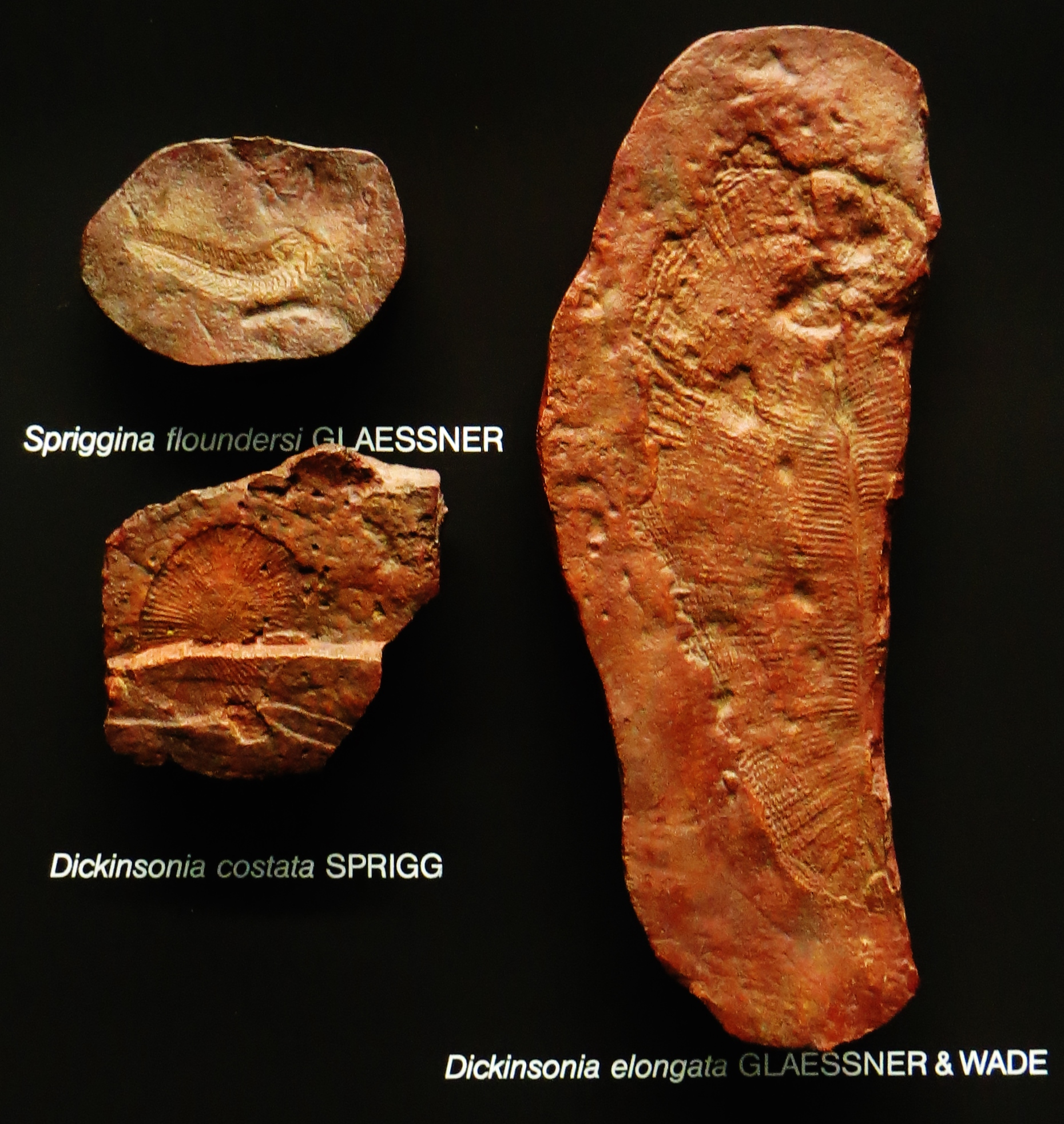
Spriggina looked like someone had tried to build a trilobite but got the blueprint completely wrong. This segmented creature had a distinct head shield and a body divided into numerous segments, but its overall organization was unlike any known animal group. The creature’s symmetry and segmentation suggested it might be related to arthropods, but crucial features didn’t match any known patterns.
The most puzzling aspect of Spriggina was its apparent lack of limbs or other appendages. Unlike trilobites and other arthropods, Spriggina appeared to be a purely segmented organism without the complex appendages that characterize most arthropod groups. This absence of limbs, combined with its unusual head structure, makes Spriggina one of the most enigmatic creatures from the Precambrian era.
Charnia: The Animal That Wasn’t
Charnia was first discovered in 1957 and initially dismissed as a plant fossil because its frond-like appearance seemed too complex for an animal from 565 million years ago. This feather-shaped organism had a fractal branching pattern that repeated at different scales, creating a mathematical precision that seemed impossible for such ancient life. The discovery of Charnia revolutionized our understanding of early animal evolution and challenged assumptions about what ancient life could look like.
The creature’s body plan was unlike anything in the modern world. Its branching structure maximized surface area for feeding, but the organism lacked a mouth, stomach, or any recognizable feeding organs. Scientists now believe Charnia absorbed nutrients directly through its skin, a feeding strategy that worked well in the nutrient-rich ancient oceans but would be impossible in today’s marine environments.
Tribrachidium: The Three-Armed Disc
Tribrachidium looked like someone had taken a sand dollar and redesigned it with three curved arms radiating from the center. This disc-shaped creature had a unique three-fold symmetry that has never been seen in any other animal, making it one of the most distinctive body plans in the fossil record. The creature’s unusual symmetry suggests it evolved independently from all other known animal groups.
The function of Tribrachidium’s three arms remains a mystery. Some scientists suggest they were used for feeding, while others propose they helped the creature move across the seafloor. The mathematical precision of the three-fold symmetry indicates a sophisticated developmental program that could maintain perfect geometric proportions as the organism grew.
Odontogriphus: The Toothed Riddle
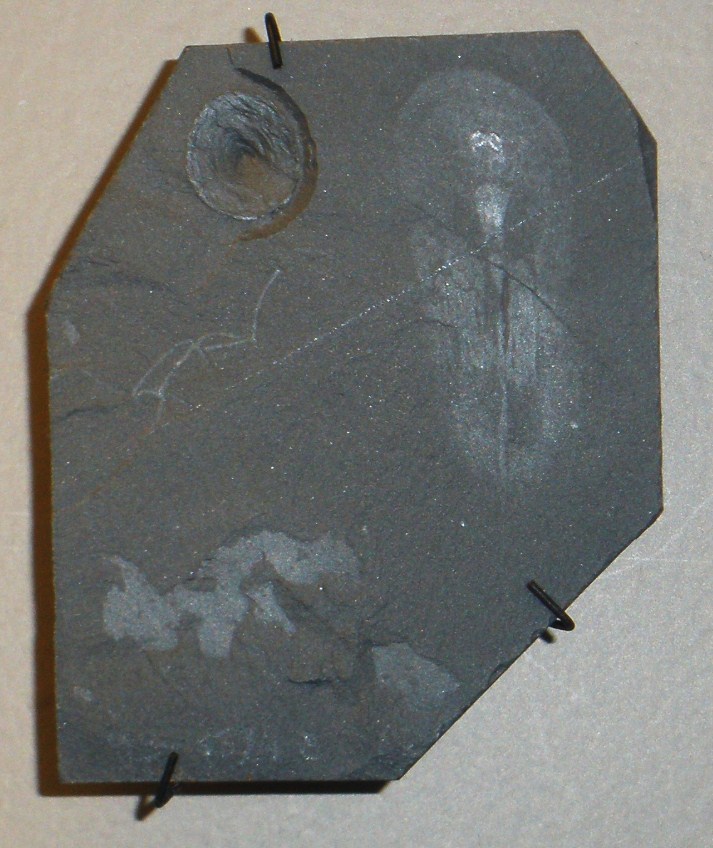
Odontogriphus combined features from multiple animal groups in ways that made no evolutionary sense. This elongated creature had a muscular foot like a mollusk, rows of teeth like a primitive vertebrate, and feeding structures that resembled those of completely different organisms. The combination of features was so unusual that scientists initially thought they were looking at chimeric fossils created by multiple organisms preserved together.
The creature’s feeding apparatus was particularly bizarre. Rows of sharp teeth lined structures that could apparently be extended and retracted, creating a feeding mechanism unlike anything in the modern world. This dental arrangement suggests Odontogriphus was a predator or scavenger, but the specific mechanics of how it used its teeth remain unclear.
Laggania: The Flexible Hunter
Laggania was related to Anomalocaris but took the flexible body plan to even greater extremes. This creature had an incredibly flexible body that could apparently bend and twist in ways that seem impossible for any animal. The extreme flexibility, combined with powerful grasping appendages, made Laggania one of the most formidable predators of its time.
The creature’s body plan allowed it to pursue prey into crevices and tight spaces where other predators couldn’t follow. Its flexible trunk could coil and uncoil like a snake, while its front appendages could grasp and manipulate prey with surprising dexterity. This combination of flexibility and strength created a predatory strategy that has never been duplicated in the animal kingdom.
Conclusion: Evolution’s Greatest Mysteries
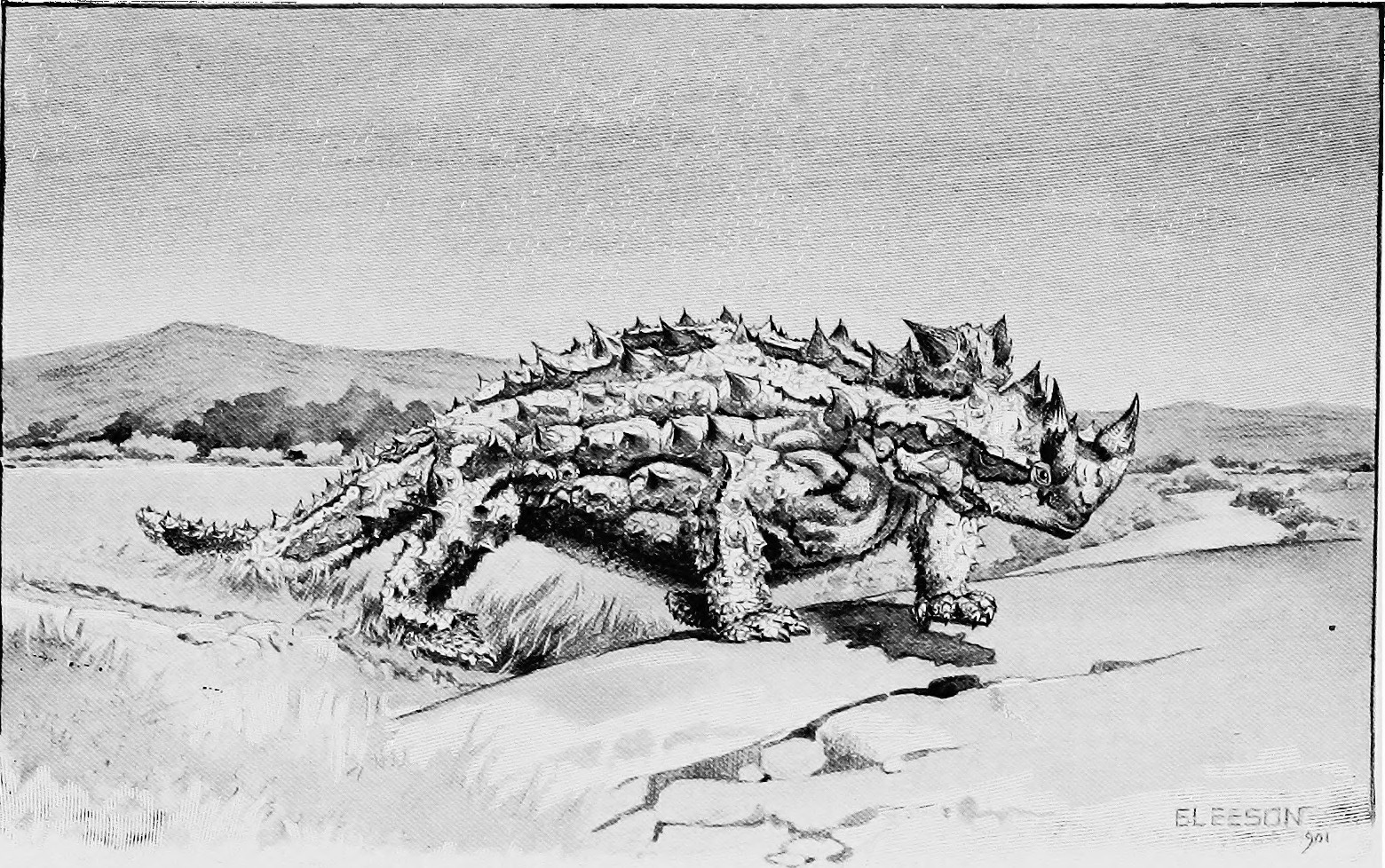
These bizarre body plans remind us that evolution is far more creative and unpredictable than we often imagine. Each of these creatures represents a unique solution to the challenges of ancient life, yet most of their innovations were evolutionary dead ends that disappeared without leaving descendants. Their existence challenges our assumptions about what life can look like and forces us to expand our understanding of biological possibility.
The study of these extraordinary organisms continues to reveal new insights about the early evolution of complex life on Earth. Every new discovery adds another piece to the puzzle of how life transitioned from simple microorganisms to the incredible diversity we see today. These ancient experiments in body design show us that the path of evolution is filled with unexpected twists, remarkable innovations, and solutions that sometimes seem too strange to be real.
What other impossible creatures might be waiting to be discovered in rocks around the world?

